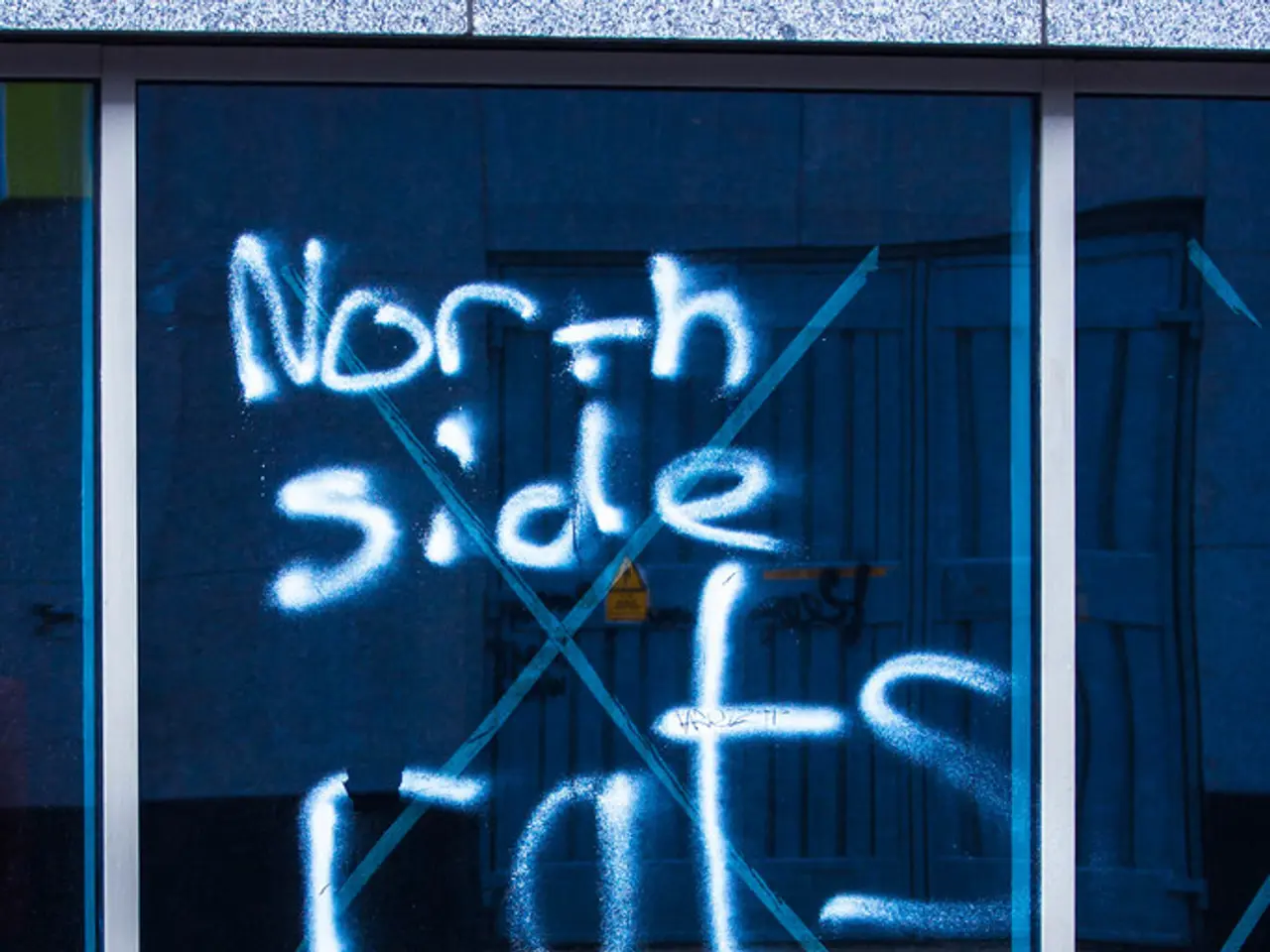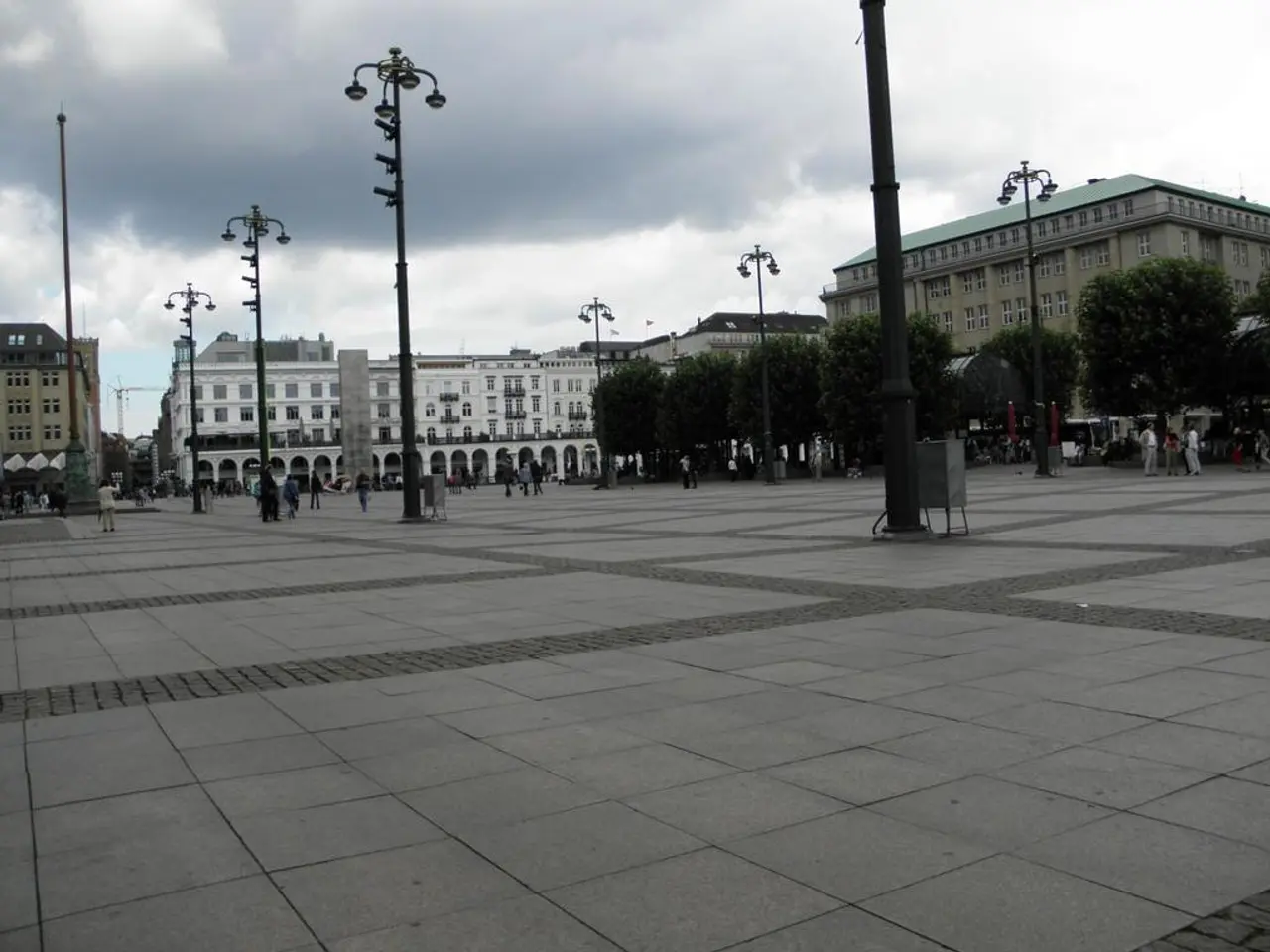Border controls in Poland will continue until October 4th
Poland has announced an extension of its temporary border controls with Germany and Lithuania until October 4, 2025, in response to ongoing concerns over irregular migration. The decision was made after a meeting with representatives of regional authorities regarding illegal migration[1][3][4][5].
The extension of border controls is a result of intensified security measures at Poland’s eastern borders with Belarus and Russia, which have caused irregular migration routes to shift westward towards Germany, Lithuania, and Latvia[3]. Since the measures began in early July 2025, Polish border guards have reported over 100 cases of irregular entry attempts at the border with Germany, with more than 70 refusals at this border alone[3].
The reintroduction and extension of border checks form part of Poland’s broader strategy to control irregular migration flows. The controls have significantly influenced the migration pattern by diverting or blocking crossings previously aimed further east or north[3].
The extension of border controls is not an isolated action, but part of a broader European Union effort. Several Schengen countries have temporarily reinstated internal border checks due to migration and security concerns. Poland’s measures are formally notified to the European Commission and reflect coordinated EU interests in managing migration routes opening from Belarus and Russia into the EU[1][3].
Germany has been conducting random checks at the Polish border since October 2023. Poland took in 72 people returned from Germany, with two cases being refused. Meanwhile, Poland returned six migrants to Germany during the same period[2].
The Polish Interior Minister, Marcin Kierwinski, stated that their European partners understand the extension. A spokesman for the German Federal Ministry of the Interior referred to earlier statements by Federal Interior Minister Alexander Dobrindt, who welcomed the Polish controls as an "important step in the joint fight against illegal migration."
Under pressure from right-wing citizen militias, Poland started to follow suit in July by searching for illegal migrants on their own and trying to control the state border guard. The police in Hamm is expanding video surveillance around the train station, while construction work on Goethestraße in Hamm is almost completed[6][7].
Decisions on the next steps will be made in September based on data from border guards, military, and police. The affected neighboring EU countries have been informed about the extension[1].
[1] https://www.reuters.com/world/europe/poland-extends-border-controls-germany-lithuania-2025-07-30/ [2] https://www.dw.com/en/poland-returns-migrants-to-germany-amid-border-tensions/a-61279039 [3] https://www.euronews.com/2025/07/30/poland-extends-temporary-border-controls-with-germany-and-lithuania-until-october-2025 [4] https://www.bbc.com/news/world-europe-61274785 [5] https://www.theguardian.com/world/2025/07/30/poland-extends-border-controls-with-germany-and-lithuania-until-october-2025 [6] https://www.dw.com/en/hamm-starts-pilot-project-for-healer-education/a-61279039 [7] https://www.thelocal.de/20250730/poland-extends-border-controls-with-germany-and-lithuania-until-october-2025
- The extension of Poland's border controls with Germany and Lithuania until October 4, 2025, is a political response to the ongoing concern over irregular migration and is part of a broader EU strategy to manage migration routes from Belarus and Russia.
- The reintroduction of border control checks by Poland is influenced by general-news events, such as the intensified security measures at Poland's eastern borders with Belarus and Russia, which have shifted irregular migration routes towards Germany, Lithuania, and Latvia.








